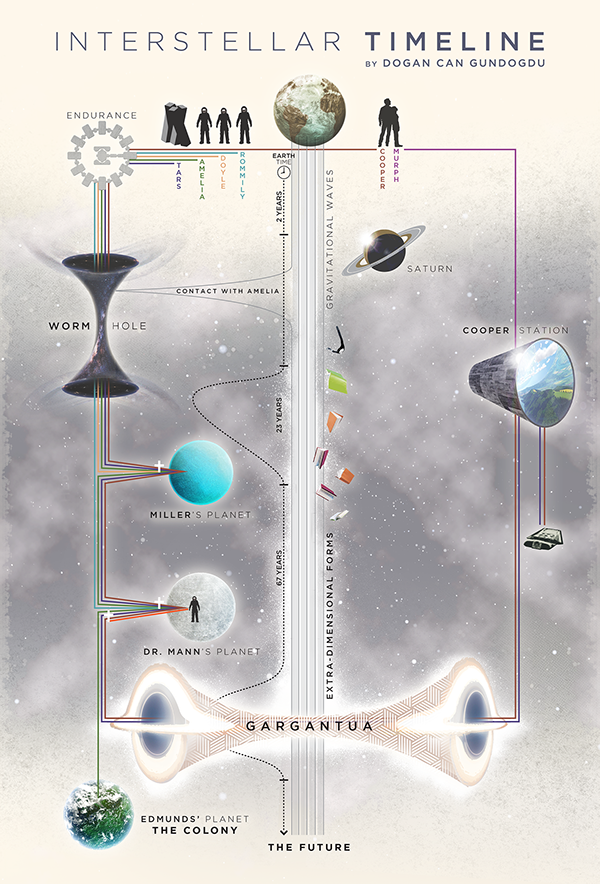Tuesday, November 25, 2014
overseer wilson went from 0 to 187 in less than 90 seconds on a life "devoid of value"...,
By
CNu
at
November 25, 2014
0
comments
![]()
Labels: American Original , deceiver , killer-ape , not a good look , Rule of Law
indict a ham sandwich
fivethirtyeight.com | A St. Louis County grand jury on Monday decided not to indict Ferguson, Missouri, police Officer Darren Wilson in the August killing of teenager Michael Brown. The decision wasn’t a surprise — leaks from the grand jury had led most observers to conclude an indictment was unlikely — but it was unusual. Grand juries nearly always decide to indict.
By
Dale Asberry
at
November 25, 2014
3
comments
![]()
embarrassing multi-level incompetence, or, conspicuously orchestrated peasant stampede?
By
CNu
at
November 25, 2014
0
comments
![]()
Labels: American Original , Ass Clownery , governance , Livestock Management , Rule of Law , What IT DO Shawty...
Monday, November 24, 2014
let's play nsa!
By
CNu
at
November 24, 2014
1 comments
![]()
Labels: count zero , open source culture
babes in toyland where cost is not an issue...,
By
CNu
at
November 24, 2014
0
comments
![]()
Labels: count zero , tricknology
gen. michael hayden brought the elite hacknological bacon home to the usaf...,
By
CNu
at
November 24, 2014
0
comments
![]()
Labels: count zero , governance , tricknology
Sunday, November 23, 2014
aggregate intelligence
By
CNu
at
November 23, 2014
0
comments
![]()
Labels: intelligence , quantum , quorum sensing? , stigmergy , What IT DO Shawty...
Saturday, November 22, 2014
quantum solution to the arrow of time dilemma?
By
CNu
at
November 22, 2014
0
comments
![]()
Labels: Possibilities , quantum , the fourth
the arrow of time
New Pathways in Science, 1937, p.328-9)
By
CNu
at
November 22, 2014
0
comments
![]()
Labels: information , the fourth , waaay back machine
Friday, November 21, 2014
struggley looking the wrong way for the "infinitely great and "incorporeal" intelligence"...,
By
CNu
at
November 21, 2014
6
comments
![]()
Labels: as above-so below , evolution , scientific mystery , singularity
Thursday, November 20, 2014
is "second-order science" any kind of science at all?
"But paradigm debates are not really about relative problem-solving ability, though for good reasons they are usually couched in those terms. Instead, the issue is which paradigm should in future guide research on problems many of which neither competitor can yet claim to resolve completely. [A decision is called for] and in the circumstances that decision must be based less on past achievement than on future promise."
—Thomas Kuhn, The Structure of Scientific Revolutions . p. 157
By
CNu
at
November 20, 2014
10
comments
![]()
Labels: Cathedral , knowledge , scientific morality
the latent nature of global information warfare
By
CNu
at
November 20, 2014
0
comments
![]()
Labels: count zero , tricknology
big data and their epistemological challenge
By
CNu
at
November 20, 2014
0
comments
![]()
Labels: as above-so below , egregores , global system of 1% supremacy
it knows if you've been bad or good, so be good for goodness sake!
By
CNu
at
November 20, 2014
0
comments
![]()
Labels: awareness , cognitive infiltration , egregores , governance , individual vs. collective , tricknology
Wednesday, November 19, 2014
ethical heroism in the face of institutional religion and self-righteous clericalism...,
By
CNu
at
November 19, 2014
0
comments
![]()
Labels: as above-so below , gifts , institutional deconstruction , work
is pope francis smart, conservative, or something less familiar?
By
CNu
at
November 19, 2014
0
comments
![]()
Labels: as above-so below , hope , jesuitical , People Centric Leadership , What IT DO Shawty...
contempt for conservatism, religion, and history among social scientists..,
By
CNu
at
November 19, 2014
1 comments
![]()
Labels: Cathedral , civil war , What IT DO Shawty...
you know who you are...,
By
CNu
at
November 19, 2014
0
comments
![]()
Labels: music? , neuromancy
processing structure in language and music
By
CNu
at
November 19, 2014
0
comments
![]()
Labels: music? , neuromancy , scientific mystery
The Weaponization Of Safety As A Way To Criminalize Students
Slate | What do you mean by the “weaponization of safety”? The language is about wanting to make Jewish students feel saf...

-
theatlantic | The Ku Klux Klan, Ronald Reagan, and, for most of its history, the NRA all worked to control guns. The Founding Fathers...
-
Video - John Marco Allegro in an interview with Van Kooten & De Bie. TSMATC | Describing the growth of the mushroom ( boletos), P...
-
Farmer Scrub | We've just completed one full year of weighing and recording everything we harvest from the yard. I've uploaded a s...






